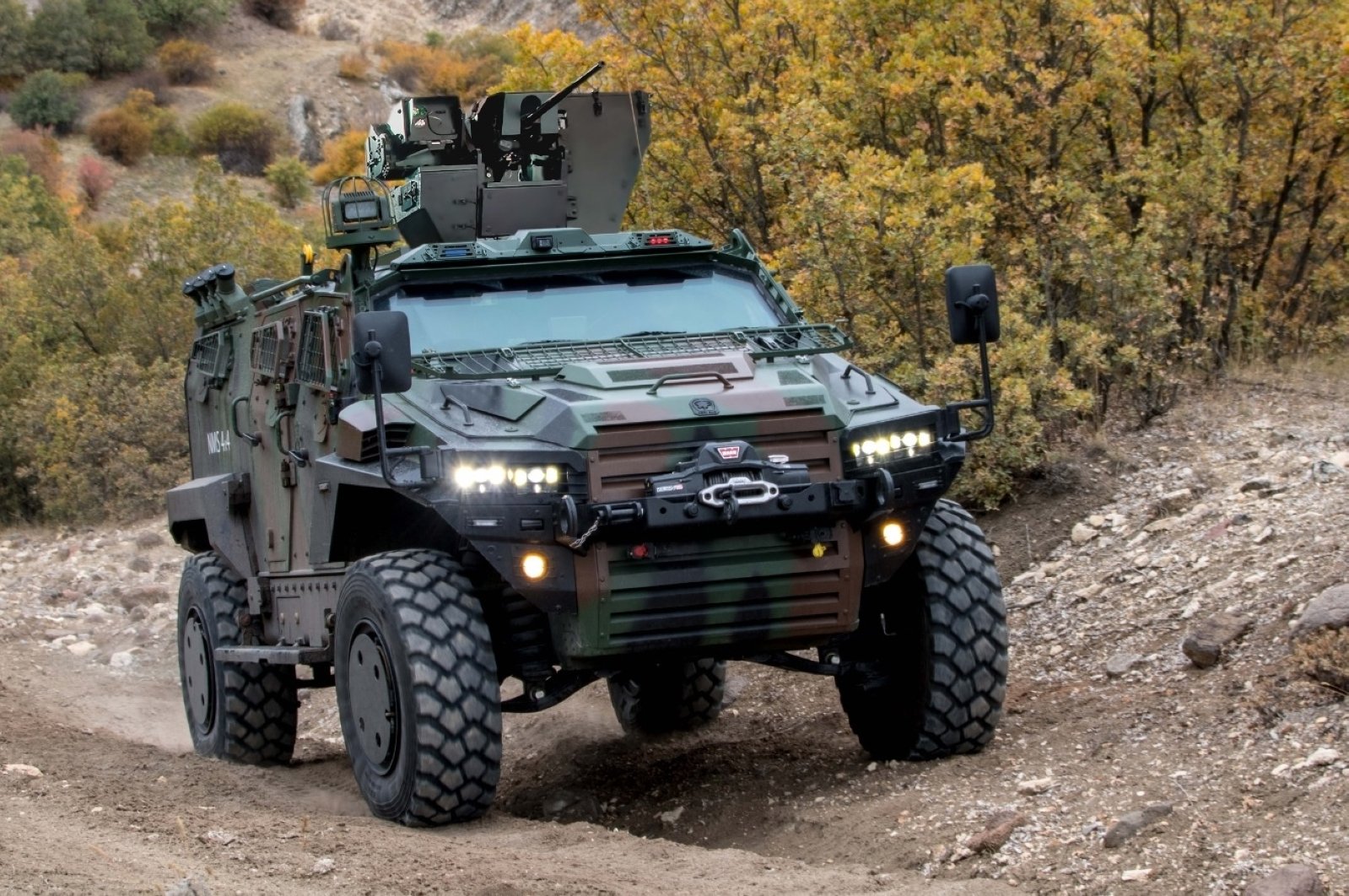French armored vehicles have long been at the forefront of military innovation, evolving to meet the challenges of ever-changing battlefields. From the early tanks of World War I to the advanced Véhicules Blindés in service today, the journey of French armored vehicles is a testament to the nation’s commitment to military excellence and adaptability. In this article, we’ll explore the fascinating evolution of French armored vehicles, highlighting key milestones and technological advancements.
- World War I: Birth of French Armor
The origins of French armored vehicles can be traced back to the trenches of World War I. Faced with the static nature of trench warfare, French engineers developed the Renault FT, a revolutionary light tank that became the template for future tank designs. The Renault FT’s mobility and firepower marked a paradigm shift in armored warfare, influencing tank development worldwide.
- Interwar Period: Experimentation and Innovation
In the interwar years, France continued to refine its armored capabilities. The Char B1, introduced in the 1930s, was a heavy tank that showcased advanced features for its time, including a fully rotating turret and thick armor. Although limited in number, the Char B1 played a crucial role in early campaigns during World War II.
- World War II: The Blitzkrieg and the Battle of France
The German Blitzkrieg in 1940 highlighted the need for faster and more maneuverable armored vehicles. The Battle of France exposed weaknesses in French tank doctrine and prompted a reevaluation of armored strategy. Despite setbacks, the French continued to innovate, with vehicles like the SOMUA S35 and the Hotchkiss H35 showcasing improved designs.
- Post-World War II: The AMX Legacy
After World War II, France continued to contribute to armored innovation with the development of the AMX series. The AMX-30, introduced in the 1960s, was a main battle tank that served in various conflicts and formed the backbone of French armored forces for decades. Its successor, the Leclerc, introduced in the 1990s, represented a leap forward in terms of technology, featuring advanced armor, a powerful gun, and exceptional mobility.
- 21st Century: SCORPION Program and Beyond
In the 21st century, the French military embarked on the SCORPION program, a comprehensive modernization effort aimed at upgrading its armored capabilities. This initiative led to the development of the GRIFFON and JAGUAR, armored vehicles designed to enhance infantry and reconnaissance capabilities, showcasing a commitment to adaptability in contemporary warfare.
- Technological Advancements: The Role of French Industry
The evolution of French armored vehicles has been closely tied to advancements in technology and the capabilities of the country’s defense industry. Companies like Nexter Systems and Renault Trucks Defense have played pivotal roles in developing cutting-edge features, including composite armor, advanced fire control systems, and modular designs.
Conclusion
The evolution of French armored vehicles is a dynamic narrative of adaptation and innovation. From the trenches of World War I to the high-tech battlefields of the 21st century, Véhicules Blindés France have consistently pushed the boundaries of what is possible. As military threats continue to evolve, the French commitment to staying at the forefront of armored vehicle technology ensures that their armored forces remain a formidable and adaptable component of modern defense strategies.

